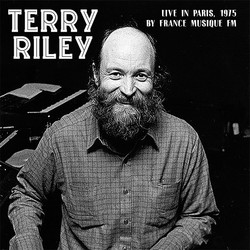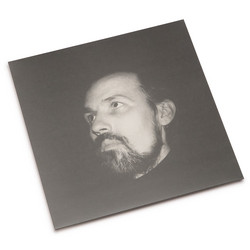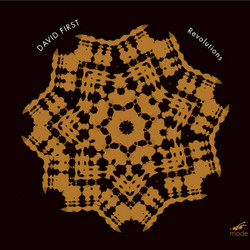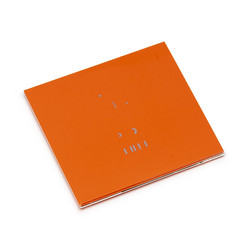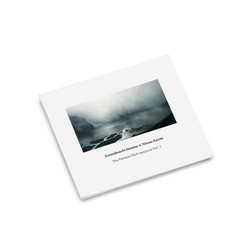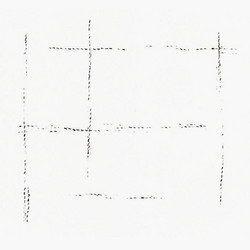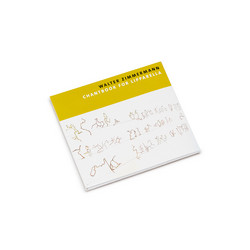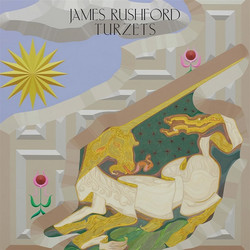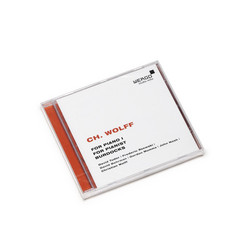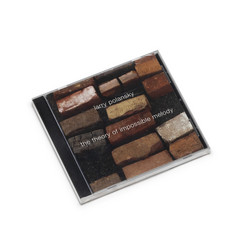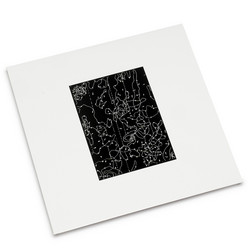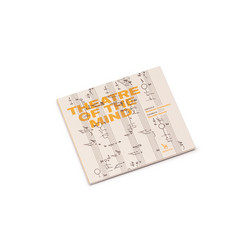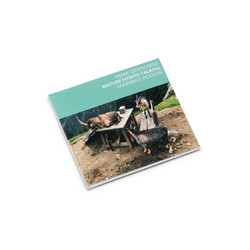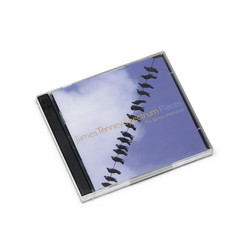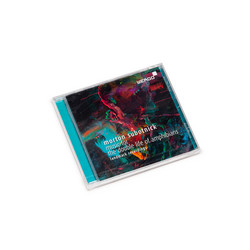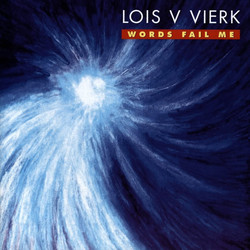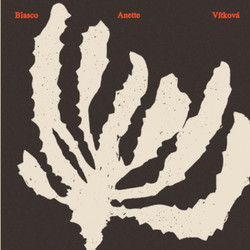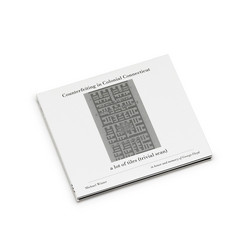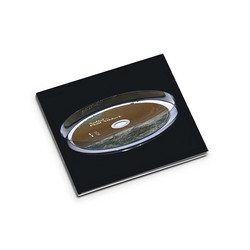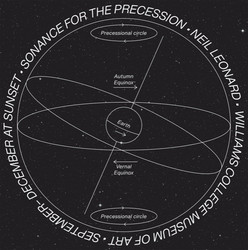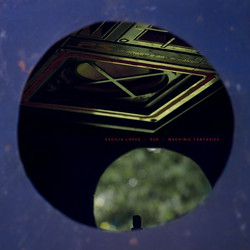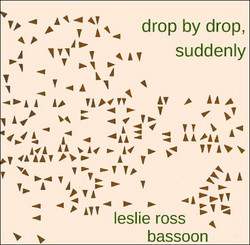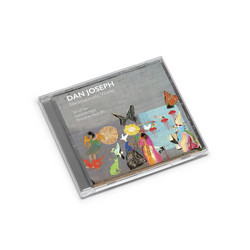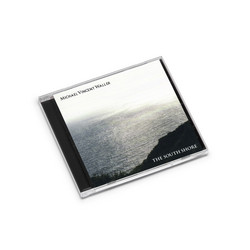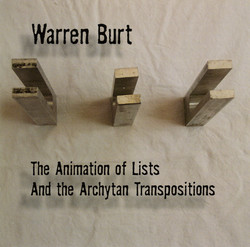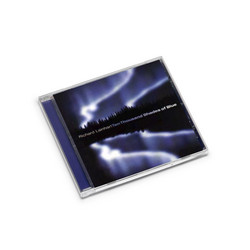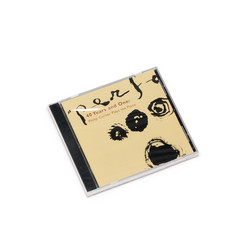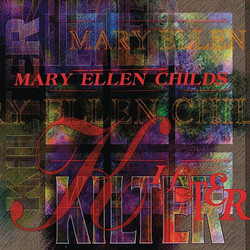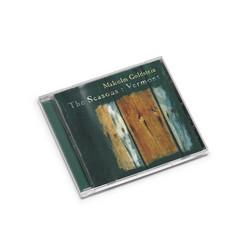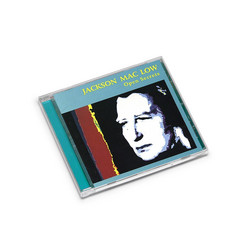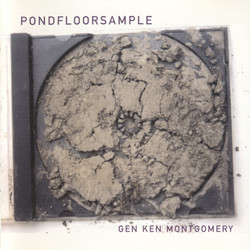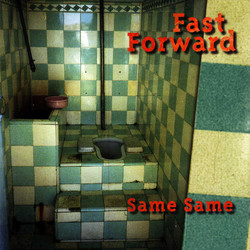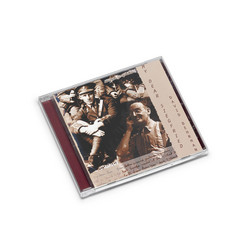On Simoom we hear three of Lois V. Vierk's works for "big instruments," that is, multiples of the same instrument, treated more like single entities than like groups of voices: Go Guitars for five electric guitars tuned microtonally around "E," Cirrus for six trumpets, and Simoom for eight cellos. All three works employ what Vierk describes as "Exponential Structure," which utilizes exponential relationships to control time, pitch movement and rates of change. Within this system, Vierk creates very directional compositions possessing high energy. As in Gagaku, they unfold slowly. Although clearly building on the work of minimalist composers, Vierk's music is much more concerned with constant development and climax.
Lois V Vierk creates music whose distinctiveness flows from a mixture of the intense analytical disciplines of her composition teacher Leonard Stein, and the gentle admonitions of her Japanese Court Music teacher Suenobu Togi to "just do it." The influences of Vierk's long study of Gagaku (the Imperial Court Music of Japan) do not show on the surface. Rather they are heard in knowing that what has happened and what will happen are part of a sure path toward fulfillment. Gagaku unfolds with ceremonious slowness. Time seems to be suspended before the taiko drum sounds its next musical heartbeat. But the drum does sound, and when it does, it divides the music that has just passed and that which is to follow, all part of an elegant musical order. The elegance and order of Vierk's music, like Gagaku, touch the heart of the person who listens, who takes time, who is open.
